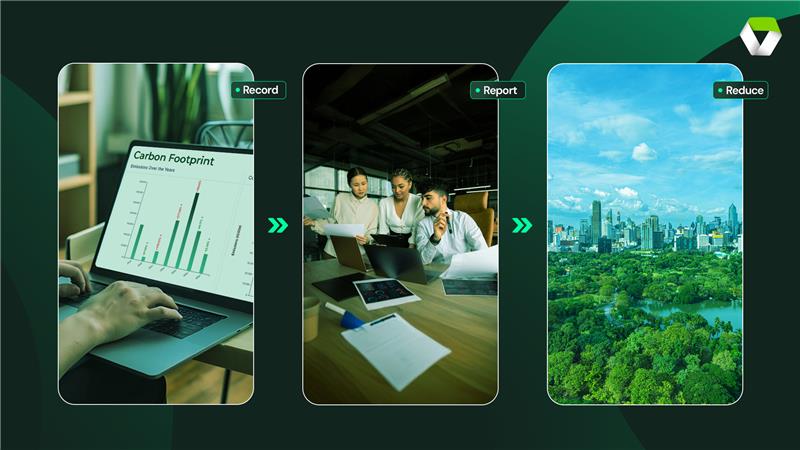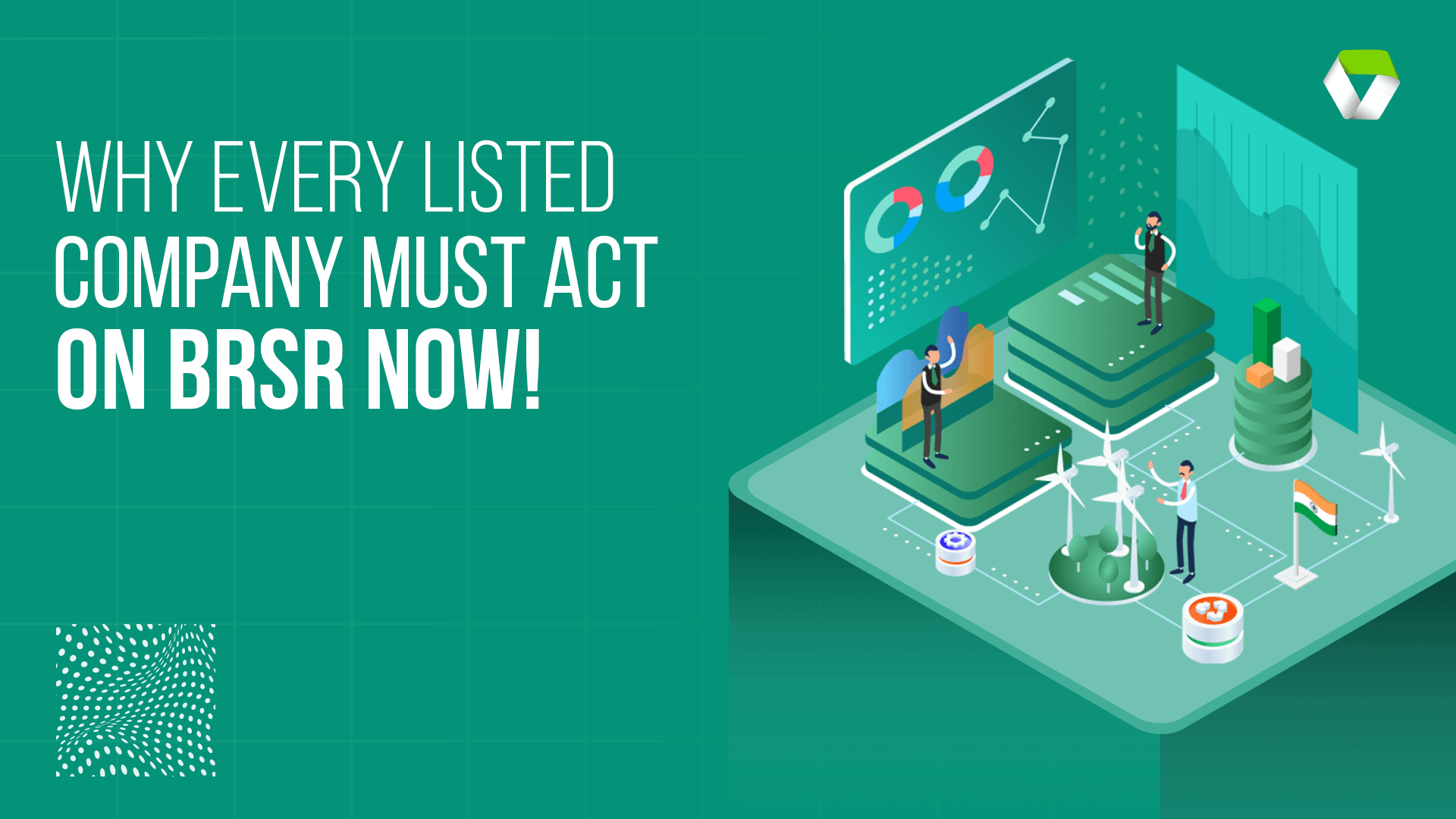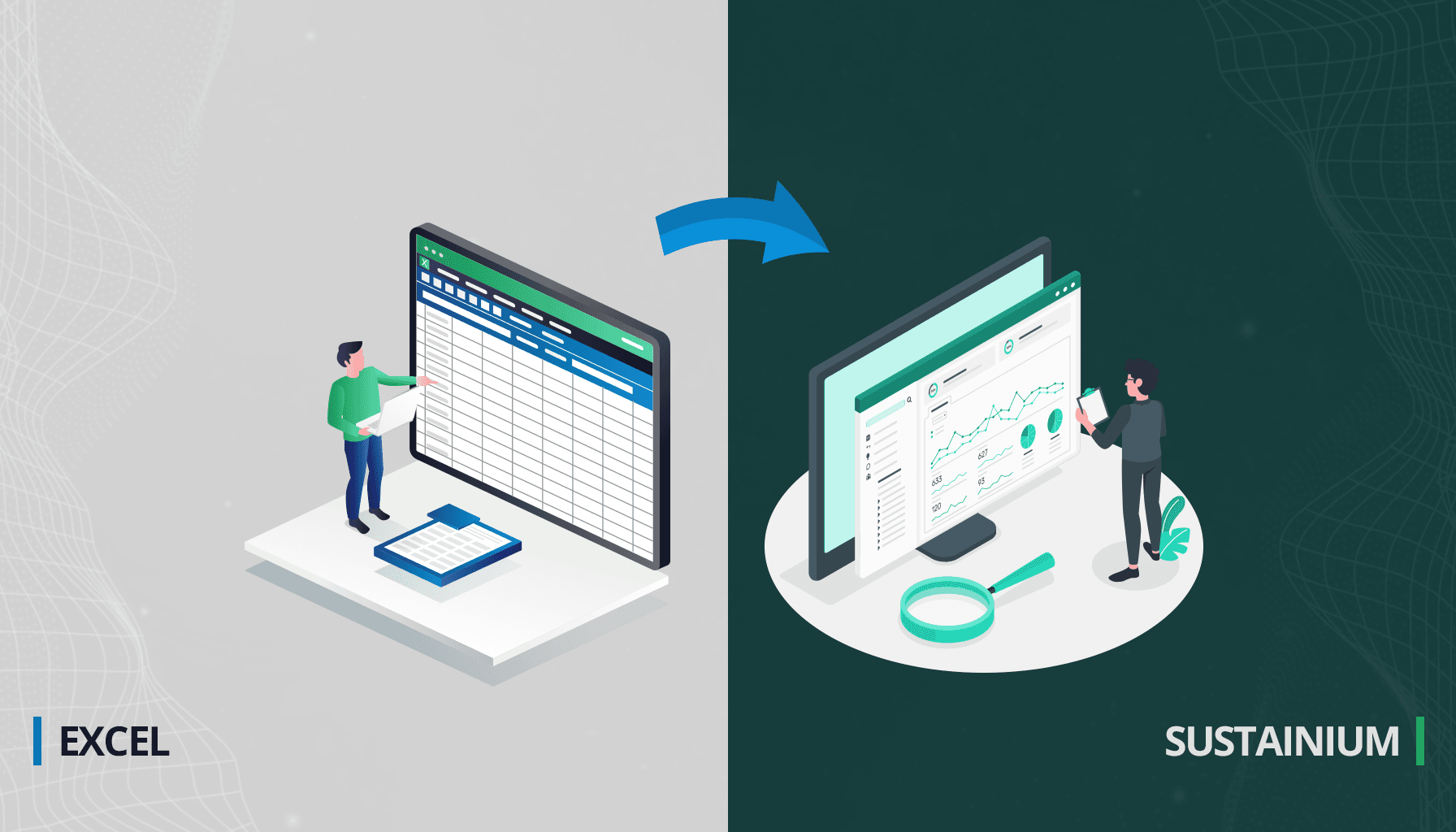Embarking on a Green Journey: A Step-by-Step Guide to Getting Started with Emissions Tracking Software
As businesses increasingly embrace sustainability, the need for accurate emissions tracking becomes paramount. Transitioning from manual processes to advanced emissions tracking software is a crucial step toward achieving environmental goals. In this blog post, we'll guide you through a step-by-step process to seamlessly set up emissions tracking software, empowering your organization to quantify, manage, and reduce its carbon footprint effectively.
Step 1: Define Your Goals and Scope
Before diving into software setup, clarify your emissions tracking goals. Identify the specific scopes (Scope 1, 2, and/or 3) you plan to measure. Establishing clear objectives will guide your software setup process and ensure you focus on relevant emission sources.
Step 2: Choose the Right Emissions Tracking Software
Considerations:
- Scalability: Ensure the software can scale with your business as it grows.
- User-Friendly Interface: Opt for software with an intuitive interface for seamless navigation.
- Comprehensive Reporting: Look for features that support comprehensive reporting across different emission scopes.
Step 3: Gather Emission Data Sources
Identify all potential emission sources within your organization. This includes energy consumption, transportation, industrial processes, and any other activities contributing to your carbon footprint. Gather historical data to establish a baseline for comparison and goal setting.
Step 4: Implement Data Integration
For a streamlined emissions tracking process, integrate the software with existing systems that generate relevant data. This may include energy bills, transportation logs, and other sources of emission-related information. Automation and integration reduce manual data entry errors and ensure real-time tracking.
Step 5: Customize Emission Categories
Tailor the software to your organization's specific emission sources. Create categories that align with your business activities, making it easier to track and manage emissions effectively. Common categories include energy consumption, transportation, industrial processes, and waste generation.
Step 6: Set Emission Factors
Emission factors convert your activity data into greenhouse gas emissions. Work with your software to input appropriate emission factors for each emission source. This step is crucial for accurate and standardized emissions quantification.
Step 7: Establish a Baseline and Set Targets
Use historical data to establish a baseline for your emissions. With the software, set realistic emission reduction targets aligned with your organization's sustainability goals. This step ensures that your emissions tracking efforts are purposeful and contribute to meaningful change.
Step 8: Train Your Team
A successful transition to emissions tracking software involves training your team. Ensure that relevant personnel are familiar with the software's functionalities. Provide training on data input, system navigation, and reporting to maximize the software's potential.
Step 9: Regularly Monitor and Update
Emissions tracking is an ongoing process. Regularly monitor the software to ensure accurate and up-to-date data. Schedule periodic reviews to assess progress toward emission reduction targets and make adjustments as needed.
Step 10: Stay Informed About Updates and Best Practices
Emissions tracking software evolves, and staying informed about updates and industry best practices is essential. Regularly check for software updates, attend training sessions, and engage with the software provider's support resources to maximize the benefits of your emissions tracking tool.
Conclusion: Paving the Way to a Sustainable Future
By following these steps, your organization can embark on a successful journey toward emissions tracking using advanced software. This not only facilitates accurate measurement and reporting but also positions your business as a proactive participant in the global movement toward environmental responsibility. Stay tuned for more insights on navigating the sustainability landscape and maximizing the impact of your emissions tracking efforts!






